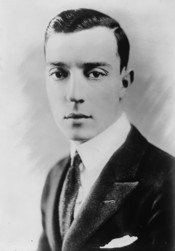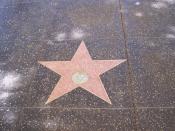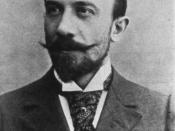Early cinema is otherwise known as the "cinema of attractions". The term was shaped around many of the great world fairs and exhibitions of the time, when filmmakers started to stray from the traditional way of filmmaking (Nichols, p. 37). The common tradition was the scientific use of images to show people the "real world", and with the help of new technology and "tricks", filmmakers started to focus more on the "attraction" part of film. It is a "cinema that displays its visibility" creating a fictional environment for the viewer. It brought to the viewer something new and exciting, something exotic and bizarre. This "cinema of attractions" caught on with many filmmakers, becoming much more common and eventually integrated into other forms of cinema such as "narrative cinema", and "mise-en-scene" (Gunning, p. 2).
Narrative cinema combines the "attraction" of early cinema with the telling of a story. It "offers a way of telling stories that can be applied to the historical world, as well as the imaginary one".
The narrative cinema includes a beginning, middle, and end, and welcomes suspense, conflict, and resolution to a film, good or bad (Nichols, p. 39). A great example of narrative film is Buster Keaton's silent film, "Cops," which was created in 1922. It is a story of a man who embarks on a journey of obstacles in order to prove himself to his girlfriend so that she will marry him. The types of shots Keaton uses also have importance in relation to the narrative film. It seems that although the camera is not fixed, we do not see any scenes where the camera is actually moving. There are close shots and long shots; however there are none where the camera moves in, out, or side to side. The editing of this film is...


